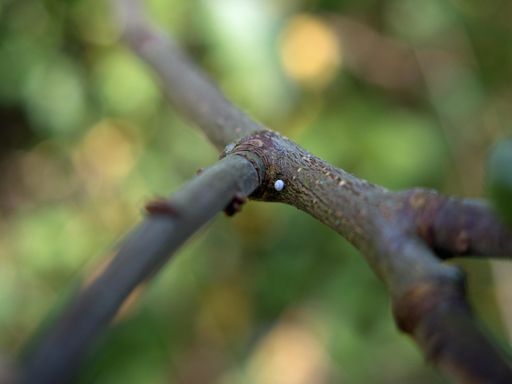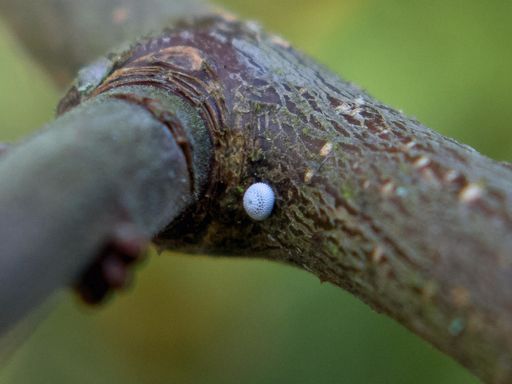Reduced Effort Surveys
Single Species
Single species transect surveys are especially useful on nature reserves with one or more uncommon species that are the direct object of management.
Transect Walk
The transect must follow the standard method and be carried out at least once a week throughout the flight period and more frequently if possible. The focus on a single (or small number of) species of course reduces both the time required to walk the transect and, more significantly, the number of weekly counts that are needed.
Branch Coordinator
Our Branch Transect Coordinator (Peter Bright) can be contacted by email (click here) if you have any questions or are interested in walking a Single Species Transect.
Resources
Transect recording forms and resources are available from the UKBMS website.
Specialist Species
For a number of habitat specialist species (especially the fritillaries) other ‘non-transect’ methods are also used to monitor annual abundance at the site level, particularly in more remote parts of the UK.
Different Methods
These include adult timed counts, larval web counts (Marsh and Glanville Fritillaries) and egg counts (Hairstreaks and Large Blue).
Timed Count Monitoring
Unlike transects, timed counts need only be carried out once a year at a site to provide meaningful results which makes then a useful ‘reduced effort’ method for monitoring rare butterflies, especially those whose distributions change over time across large sites.
The count must be done as near as possible to the peak flight period of the species in question. As with transect walking, timed counts should ideally be made between 10:45 and 15:45 and suitable weather is essential.
First, quickly walk the site to identify the extent of the adult flight area. If adults are patchily spread over a large area, it is better to identify sub-populations and survey them separately. Then count adults by walking the site, either in a series of parallel lines or in a zigzag path, covering the flight area as thoroughly and evenly as possible. This usually takes between 5 and 60 minutes depending on the size of the colony area.
It is important the walk passes through areas of high and low adult density: If only the best patches are visited, analysis may over-estimate abundance.
Larval Web Counts
This method is primarily used for the Marsh and Glanville Fritillaries. We don't have Glanville Fritillaries in our region, but are starting to see Marsh Fritilllary again so this is a vital survey to monitor how they are doing.
Egg Counts
This is a popular method to monitor the Brown Hairstreak population. Information and guidance notes are on the UKBMS website.

